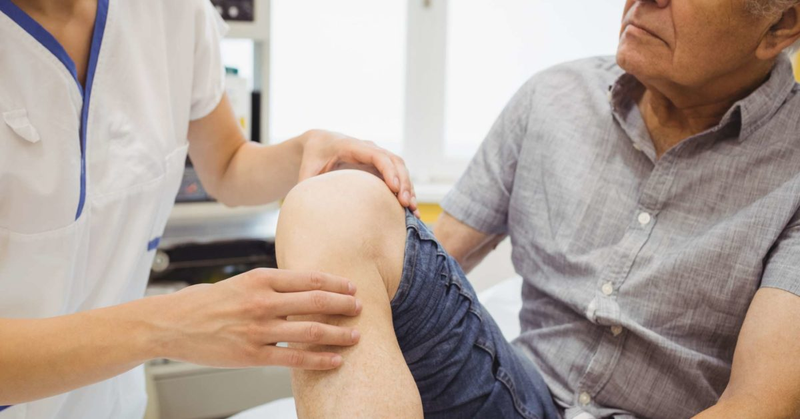Athletes, whether they are professional athletes or just like to work out on the weekends, push their bodies to the edge to do their best. Training is important for growth, but it can also be dangerous because it can lead to injuries, tiredness, and long-term damage. Here, sports physical therapy becomes very important because it bridges the gap between hard training and the healing process. Unlike general rehabilitation, sports physical therapy is meant to help athletes not only recover, but also improve their performance and avoid getting hurt again.
The Unique Scope Of Sports Physical Therapy
Sports physical therapy goes beyond traditional physical therapy by integrating sports science, biomechanics, and advanced recovery methods. A sports physical therapist understands the unique demands of different sports, from the repetitive motions of swimmers to the high-impact stresses of runners and football players. This specialized knowledge allows therapists to create tailored treatment plans that help athletes heal while maintaining as much conditioning as possible.
Where a traditional approach may emphasize rest, sports physical therapy often emphasizes movement—safe, progressive exercises that restore mobility and strength while avoiding setbacks. This focus helps athletes return to training and competition with greater confidence.
Bridging Training and Healing
Athletes face a constant cycle of training, micro-injuries, and recovery. Without the right support, small injuries can escalate into chronic problems. Sports physical therapists act as crucial guides in this cycle. They evaluate movement patterns, identify weaknesses, and design rehabilitation programs that double as performance enhancers.
For example, an athlete who has hurt their knee might not only do recovery exercises but also learn new ways to move that make them more agile and balanced overall. This proactive approach ensures that healing becomes part of the training process rather than a pause from it.
Sports physical therapy also emphasizes education. Athletes gain insights into proper warm-ups, cool-downs, stretching routines, and sport-specific strengthening strategies. With this information, they can take charge of their health and lower their risk of getting hurt again.
Collaboration with Other Specialists
Sports physical therapists rarely work in isolation. They often collaborate with coaches, trainers, and even a sports physician to ensure that an athlete’s recovery plan aligns with their training goals. While the sports physician may diagnose injuries and oversee medical interventions, the sports physical therapist focuses on the hands-on process of regaining function and performance readiness.
This team-based approach ensures that athletes not only heal properly but also return to their sport stronger and more resilient. The combined expertise creates a holistic environment where training and healing are seamlessly integrated.
The Mental and Emotional Aspect
Injury is not only a physical setback but also a psychological one. Athletes may struggle with frustration, fear of re-injury, or loss of confidence. Sports physical trainers are very important for keeping people mentally healthy while they recover. Through encouragement, structured progress, and gradual reintroduction to sport-specific movements, they help athletes rebuild trust in their bodies.
This supportive role is vital in bridging the gap between time spent on the sidelines and the return to competition. A confident athlete is far more likely to perform at their peak without hesitation.
Why Sports Physical Therapy Matters
Sports physical therapy is not just about treating injuries—it’s about creating a sustainable foundation for long-term performance. It ensures that the body is not only healed but also prepared to withstand the demands of ongoing training. For young athletes, it can mean developing safe movement habits early on. For professionals, it often extends careers by reducing the risk of recurring injuries.
Ultimately, the unique role of sports physical therapy lies in its ability to connect two often separate worlds: the intensity of training and the necessity of healing. By bridging this gap, athletes can pursue their passions with less interruption and greater resilience.








